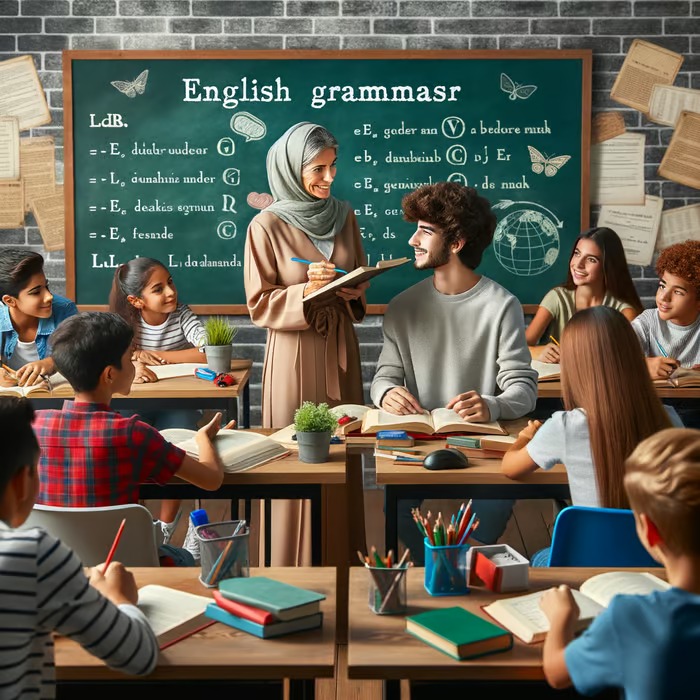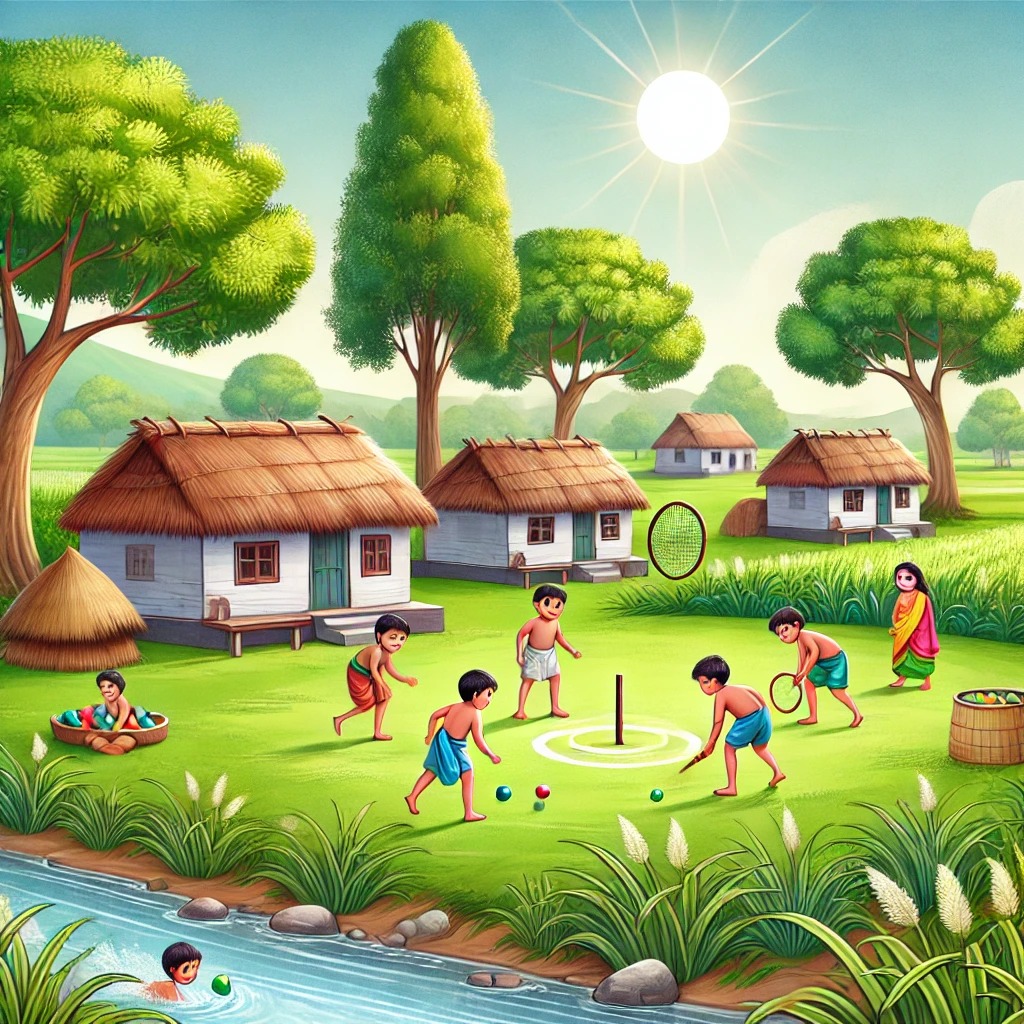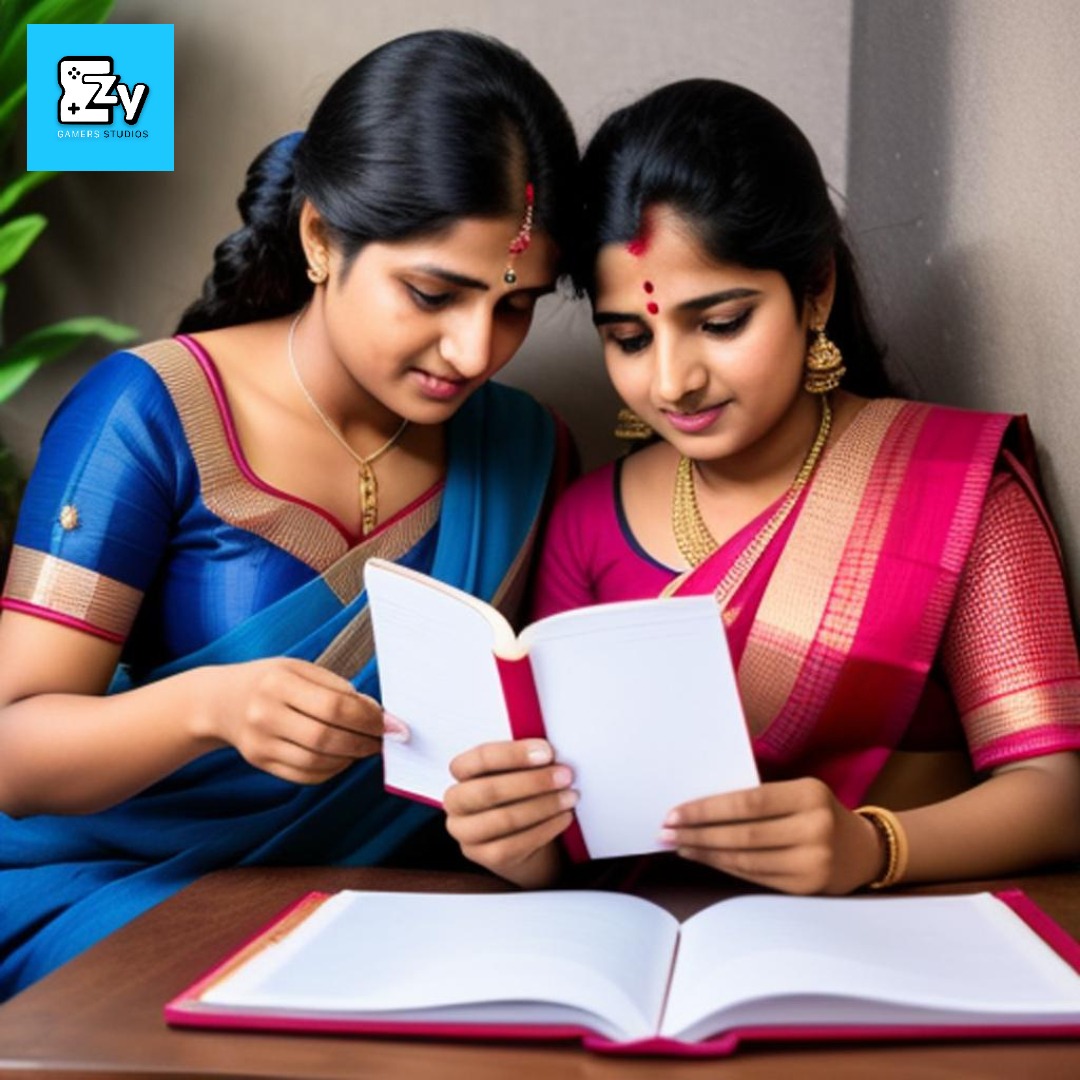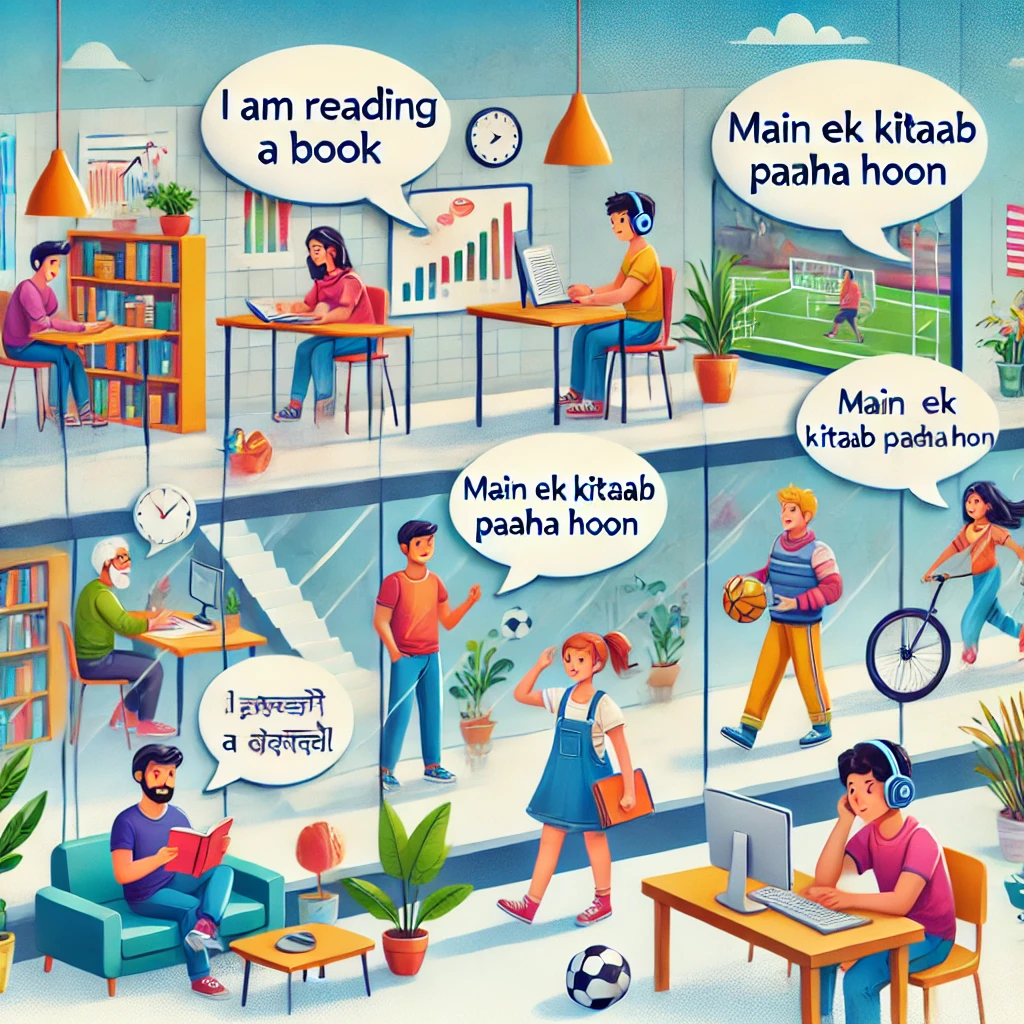Understanding how to talk about past events is a cornerstone of fluent English. Let's unlock the secrets of three essential past tenses: Past Simple, Past Continuous, and Past Perfect, with clear explanations and relatable examples for everyone.
1. Past Simple (साधारण भूतकाल)
The Past Simple tense is used to talk about actions that started and finished at a specific time in the past. It's for completed actions, habits in the past, or a series of completed actions.
Example: "She visited her relatives in Delhi last month." "We watched a cricket match yesterday evening."
Example: "My grandfather always drank chai in the mornings."
Example: "He woke up, brushed his teeth, and then ate breakfast."
Formation: Subject + Verb's Past Form (V2) (e.g., eat - ate, go - went, play - played, visit - visited)
2. Past Continuous (अपूर्ण भूतकाल)
The Past Continuous tense describes an action that was ongoing or in progress at a specific point in time in the past. It sets the scene for another action or shows an action that was interrupted.
Example: "At 7 PM last night, I was cooking dinner."
Example: "She was reading a book when the power went out." "While I was studying, my friend called me."
Example: "While he was working, his children were playing."
Formation: Subject + was/were + Verb's -ing form (e.g., I was reading, They were playing)
3. Past Perfect (पूर्ण भूतकाल)
The Past Perfect tense is used to describe an action that happened before another action or a specific point in time in the past. It helps clarify the order of events when talking about two past actions.
Example: "By the time I reached the station, the train had already left." "She felt better because she had taken her medicine."
Example: "He had finished his project before the deadline."
Formation: Subject + had + Verb's Past Participle (V3) (e.g., eaten, gone, played, visited)
Examples
| English Examples | |
|---|---|
| She visited her grandparents in their village last summer. | While I was watching a movie, my phone rang. |
| By the time we arrived, the play had already begun. | They played cricket every Sunday when they were young. |
| The children were drawing pictures when their parents came home. | He had never tasted authentic South Indian food before his trip to Chennai. |
| I bought a new scooter last week. | What were you doing when the earthquake happened? |
| She realized she had left her wallet at home. | My mother was preparing ladoos for Diwali. |





